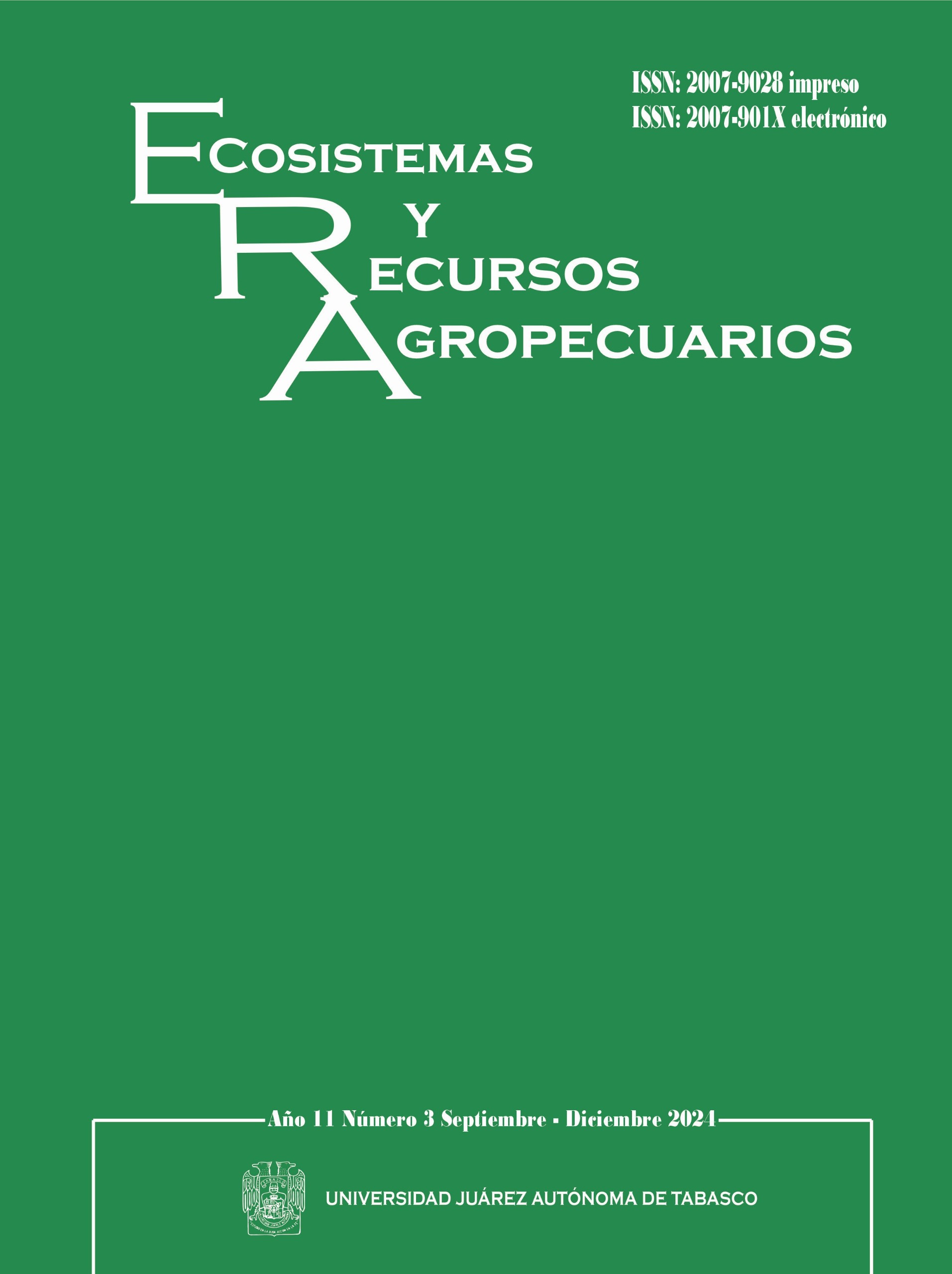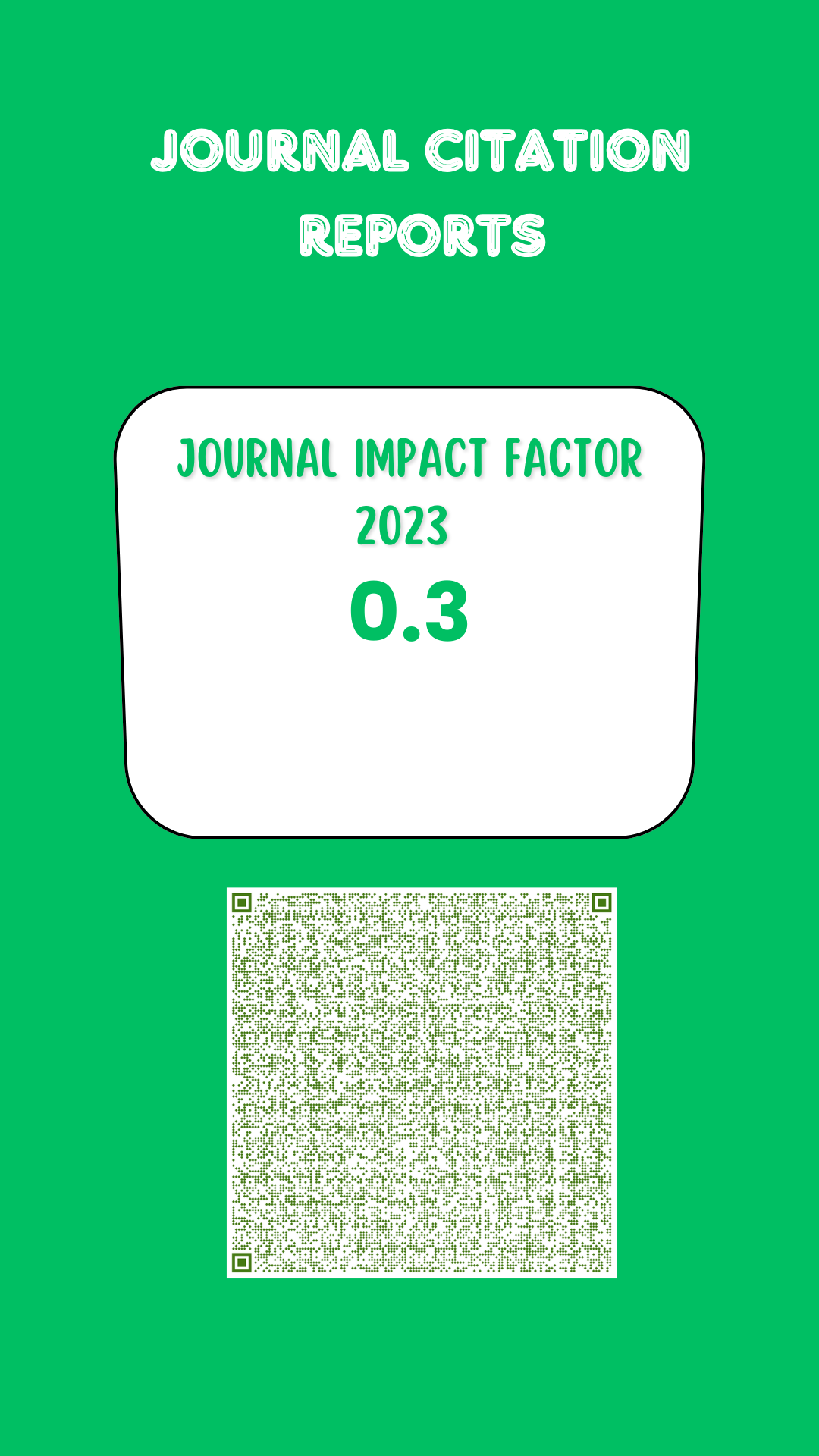Effect of the formulation on the quality of gluten-free bread with unripe plantain and Brosimum alicastrum
DOI:
https://doi.org/10.19136/era.a11n3.3986Keywords:
crumb, protein concentrate, pumpkin, gluten-free flour, transglutaminaseAbstract
The objective of this study was to evaluate different levels of ingredients and mixing times to elaborate gluten-free bread with good physical quality. The gluten-free bread was processed with flour composed of unripe plantain and B. alicastrum with different levels of water (between 80 and 115 mL), transglutaminase enzyme (between 0.10 and 1.5%), pumpkin protein concentrate (between 1.0 and 10.0%) and mixing time (between 1.0 and 10 min). It was found that varying the level of each ingredient and the mixing time has a significant effect on the specific volume, the percentage of alveoli area and the alveolar density. Bread with good physical quality (specific volume 1.62 cm3 g-1, 1.40 alveoli mm-2 and 23.98% alveolar area) was obtained from 115 mL of water, 0.5% enzyme, 2% protein concentrate and a time of 3 min mixing.
Downloads
References
Aguilar-Piloto G, Negrón-Diaz AC, Huchin VMM, Ramírez-Sucre MO, Delgadillo-Díaz M, Cuevas-Glory LF, Sauri-Duch E (2023) Ultrasound-assisted extraction (UAE) of phenolic compounds from Brosimum alicastrum fruit and their antioxidant capacity. Ecosistemas y Recursos Agropecuarios 10(NEIII): 3655. https://doi.org/10.19136/era.a10nNEIII.3655
Can-Cauich C, Sauri-Duch E, Cuevas-Glory L, Betancur-Ancona D, Ortiz-Vázquez E, Ríos-Soberanis C, Chel-Guerrero L, González-Aguilar G, Moo-Huchin V (2021) Physicochemical properties and stability of pumpkin seed oil as affected by different extraction methods and species. International Food Research Journal 28(1): 148-160. https://doi.org/10.47836/ifrj.28.1.15
Can-Cauich C, Sauri-Duch E, Moo-Huchin VM, Betancur-Ancona D, Cuevas-Glory LF (2019) Effect of extraction method and specie on the content of bioactive compounds and antioxidant activity of pumpkin oil from Yucatan, Mexico. Food Chemistry 285: 186-193. https://doi.org/10.1016/j.foodchem.2019.01.153
Cauvain SP (2007) Bread–the product. In: Cauvain SP, Young LS (eds) Technology of breadmaking. Springer. Boston, MA, USA. pp. 1-19. https://doi.org/10.1007/0-387-38565-7_1
Elgeti D, Jekle M, Becker T (2015) Strategies for the aeration of gluten-free bread–A review. Trends in Food Science & Technology 46(1): 75-84. https://doi.org/10.1016/j.tifs.2015.07.010
Gallagher E (2008) Formulation and nutritional aspects of gluten-free cereal products and infant foods. In: Arendt E, Dal Bello F (eds) Gluten-free cereal products and beverages. Elsevier. Amsterdam, The Netherlands. pp. 321-346. https://doi.org/10.1016/B978-0-12-373739-7.X5001-1
Gaspar ALC, de Góes-Favoni SP (2015) Action of microbial transglutaminase (MTGase) in the modification of food proteins: A review. Food Chemistry 171(15): 315-322. https://doi.org/10.1016/j.foodchem.2014.09.019
Genevois-Carolina E, de Escalada-Pla MF (2021) Soybean by-products and modified cassava starch for improving alveolar structure and quality characteristics of gluten-free bread. European Food Research and Technology 247: 1477-1488. https://doi.org/10.1007/s00217-021-03725-x
Hernández-Aguirre M, Islas-Hernández J, Sánchez-Pardo M, Rodríguez-Ambriz S, Osorio-Díaz P (2019) Response surface methodology for optimization of gluten-free bread made with unripe banana flour. Journal of Food Measurement and Characterization 13: 1652-1660. https://doi.org/10.1007/s11694-019-00082-y
Horstmann SW, Foschia M, Arendt EK (2017) Correlation analysis of protein quality characteristics with gluten-free bread properties. Food & function 8(7): 2465-2474. https://doi.org/10.1039/C7FO00415J
Jacinto G, Stieven A, Maciel MJ, Souza CFVd (2020) Effect of potato peel, pumpkin seed, and quinoa flours on sensory and chemical characteristics of gluten-free breads. Brazilian Journal of Food Technology 23. https://doi.org/10.1590/1981-6723.16919
Kolotylo V, Piwowarek K, Kieliszek M (2023) Microbiological transglutaminase: Biotechnological application in the food industry. Open Life Sciences 18(1): 20220737. https://doi.org/10.1515/biol-2022-0737
Maseko KH, Regnier T, Meiring B, Wokadala OC, Anyasi TA (2024) Musa species variation, production, and the application of its processed flour: A review. Scientia Horticulturae 325: 112688. https://doi.org/10.1016/j.scienta.2023.112688
Meybodi N, Mohammadifar M, Feizollahi E (2015) Gluten-free bread quality: A review of the improving factors. Journal of Food Quality & Hazards Control 2(3): 81-85.
Monteiro JS, Farage P, Zandonadi RP, Botelho RB, de Oliveira LdL, Raposo A, Shakeel F, Alshehri S, Mahdi WA, Araújo WM (2021) A systematic review on gluten-free bread formulations using specific volume as a quality indicator. Foods 10(3): 614. https://doi.org/10.3390/foods10030614
Moradi M, Bolandi M, Arabameri M, Karimi M, Baghaei H, Nahidi F, Eslami Kanafi M (2021) Semi‐volume gluten‐free bread: effect of guar gum, sodium caseinate and transglutaminase enzyme on the quality parameters. Journal of Food Measurement and Characterization 15: 2344-2351. https://doi.org/10.1007/s11694-021-00823-y
Myhrvold N, Migoya F (2017) Modernist bread. 1 st Edition. Editorial The Cooking Lab. Spain. 2500p.
Nguyen SN, Drawbridge P, Beta T (2023) Resistant starch in wheat‐, barley‐, rye‐, and oat‐based foods: A review. Starch‐Stärke 75(9-10): 2100251. https://doi.org/10.1002/star.202100251
Nunes MC, Fernandes I, Vasco I, Sousa I, Raymundo A (2020) Tetraselmis chuii as a sustainable and healthy ingredient to produce gluten-free bread: Impact on structure, colour and bioactivity. Foods 9(5): 579. https://doi.org/10.3390/foods9050579
O'Shea N, Arendt E, Gallagher E (2014) State of the art in gluten‐free research. Journal of Food Science 79(6): R1067-R1076. https://doi.org/10.1111/1750-3841.12479
Phongthai S, D’Amico S, Schoenlechner R, Rawdkuen S (2016) Comparative study of rice bran protein concentrate and egg albumin on gluten-free bread properties. Journal of Cereal Science 72: 38-45. https://doi.org/10.1016/j.jcs.2016.09.015
Ruiz-García JL, Villalobos-González A, Cetzal Ix W, López-Hernandez MB, Rangel-Fajardo MA, García-Sandoval JÁ (2020) Análisis proximal de accesiones de calabaza chihua en la Península de Yucatán. Revista mexicana de ciencias agrícolas 11(8): 1725-1736. https://doi.org/10.29312/remexca.v11i8.1931
Santamaria M, Garzon R, Rosell CM (2023) Gluten-free bakery products. In: Shewry P, Koksel H, Taylor JRN (eds) ICC Handbook of 21st century cereal science and technology. Elsevier. Amsterdam, The Netherlands. pp. 385-390. https://doi.org/10.1016/B978-0-323-95295-8.00012-5
Santos FG, Aguiar EV, Centeno ACL, Rosell CM, Capriles VD (2020) Effect of added psyllium and food enzymes on quality attributes and shelf life of chickpea-based gluten-free bread. LWT-Food Science and Technology 134: 110025. https://doi.org/10.1016/j.lwt.2020.110025
Scheuer PM, Ferreira JAS, Mattioni B, Miranda MZd, Francisco Ad (2015) Optimization of image analysis techniques for quality assessment of whole-wheat breads made with fat replacer. Food Science and technology 35: 133-142. https://doi.org/10.1590/1678-457X.6560
Shevkani K, Singh N, Kaur A, Rana JC (2015) Structural and functional characterization of kidney bean and field pea protein isolates: A comparative study. Food Hydrocolloids 43: 679-689. https://doi.org/10.1016/j.foodhyd.2014.07.024
Srirejeki S, Manuhara G, Amanto B, Atmaka W, Laksono P (2018) The effect of water volume and mixing time on physical properties of bread made from modified cassava starch-wheat composite flour. IOP Conference Series: Materials Science and Engineering 333(1): 012072. https://doi.org/10.1088/1757-899X/333/1/012072
Tomić J, Torbica A, Belović M (2020) Effect of non-gluten proteins and transglutaminase on dough rheological properties and quality of bread based on millet (Panicum miliaceum) flour. LWT-Food Science and Technology 118: 108852. https://doi.org/10.1016/j.lwt.2019.108852
Trujillo-Nava IJ, Negrete-Hernández J, García-Arrazola R, Dávila Ú, Gimeno M (2023) Characterization of the ramon tree seed (Brosimum alicastrum Swartz.) as a potential food source. Agrociencia 57(7): 1-16. https://doi.org/10.47163/agrociencia.v57i7.2771
Utarova N, Kakimov M, Gajdzik B, Wolniak R, Nurtayeva A, Yeraliyeva S, Bembenek M (2024) Development of gluten-free bread production technology with enhanced nutritional value in the context of Kazakhstan. Foods 13(2): 271. https://doi.org/10.3390/foods13020271
Villanueva M, Abebe W, Collar C, Ronda F (2021) Tef [Eragrostis tef (Zucc.) Trotter] variety determines viscoelastic and thermal properties of gluten-free dough and bread quality. LWT-Food Science and Technology 135: 110065. https://doi.org/10.1016/j.lwt.2020.110065
Vinayashree S, Vasu P (2021) Biochemical, nutritional and functional properties of protein isolate and fractions from pumpkin (Cucurbita moschata var. Kashi Harit) seeds. Food Chemistry 340(15): 128177. https://doi.org/10.1016/j.foodchem.2020.128177
Waziiroh E, Bender D, Jäger H, Schönlechner R (2023) Ohmic baking of gluten‐free bread: role of non‐gluten protein on GF bread structure and properties. International Journal of Food Science & Technology 58(2): 595-609. https://doi.org/10.1111/ijfs.16206
Xie X, Cai K, Yuan Z, Shang L, Deng L (2022) Effect of mealworm powder substitution on the properties of high-gluten wheat dough and bread based on different baking methods. Foods 11(24): 4057. https://doi.org/10.3390/foods11244057
Ziobro R, Juszczak L, Witczak M, Korus J (2016) Non-gluten proteins as structure forming agents in gluten free bread. Journal of Food Science and Technology 53: 571-580. https://doi.org/10.1007/s13197-015-2043-5
Ziobro R, Witczak T, Juszczak L, Korus J (2013) Supplementation of gluten-free bread with non-gluten proteins. Effect on dough rheological properties and bread characteristic. Food Hydrocolloids 32(2): 213-220. https://doi.org/10.1016/j.foodhyd.2013.01.006
Downloads
Published
Issue
Section
License
Copyright (c) 2024 Ecosistemas y Recursos Agropecuarios

This work is licensed under a Creative Commons Attribution-NonCommercial-ShareAlike 4.0 International License.
Aviso de copyright
Los autores que se envían a esta revista aceptan los siguientes términos:
una. Los autores conservan los derechos de autor y garantizan a la revista el derecho a ser la primera publicación del trabajo con una licencia de atribución de Creative Commons que permite a otros compartir el trabajo con un reconocimiento de la autoría del trabajo y la publicación inicial en esta revista.
B. Los autores pueden establecer acuerdos complementarios separados para la distribución no exclusiva de la versión del trabajo publicado en la revista (por ejemplo, en un repositorio institucional o publicarlo en un libro), con un reconocimiento de su publicación inicial en esta revista.
C. Se permite y se anima a los autores a difundir su trabajo electrónicamente (por ejemplo, en repositorios institucionales o en su propio sitio web) antes y durante el proceso de envío, ya que puede conducir a intercambios productivos, así como a una cita más temprana y más extensa del trabajo publicado. (Consulte El efecto del acceso abierto).



